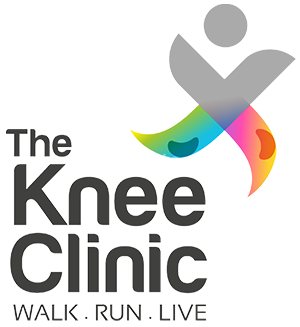Exercises
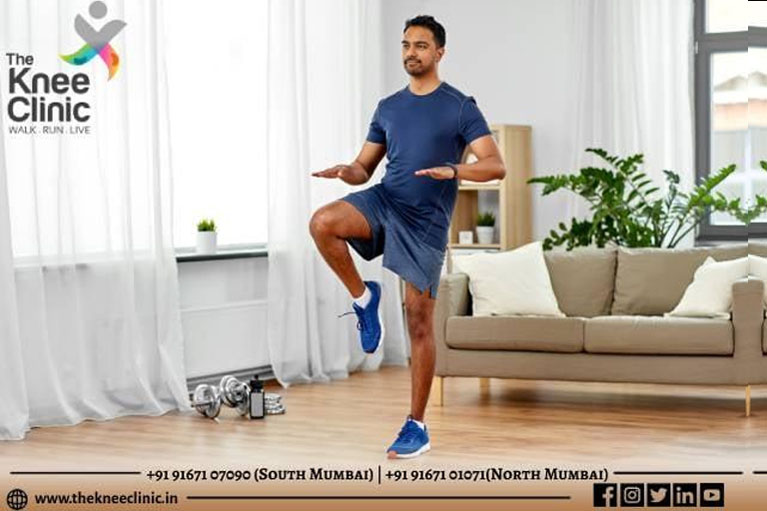
There are two types of #exercises that are important for building and maintaining bone density;
• Weight-bearing exercises
• Muscle-strengthening exercises
Weight-bearing Exercises
These exercises include activities that make you move against gravity while staying upright. Weight-bearing exercises can be high-impact or low-impact.
High-impact weight-bearing exercises help build bones and keep them strong. If you have broken a bone due to osteoporosis or are at risk, you may need to avoid high-impact exercises.
Examples of high-impact weight-bearing exercises are:
• Jogging/running
• Stair climbing
• Dancing
• Hiking
• High-impact aerobics
• Tennis
Low-impact weight-bearing exercises can also help keep bones strong and are a safe alternative if you cannot do high-impact exercises. Examples of low-impact weight-bearing exercises are:
• Swimming
• Walking outside or on the treadmill
• Low-impact aerobics
• Using stair-step machines in gym
Muscle-Strengthening Exercises
These exercises include activities where you move your body or weight against gravity. They are also known as resistance exercises and include:
• Lifting weights
• Using elastic exercise bands
• Using weight machines
• Lifting your own body weight
• Functional movements, such as standing and rising up on your toes
Yoga and Pilates can also improve strength, balance and flexibility. However, certain positions may not be safe for people with osteoporosis or those at a risk.
Non-Impact Exercises
Non-impact exercises can help you to improve balance, posture, and movements in everyday activities. These exercises can also help to increase muscle strength and decrease the risk of falls and broken bones. Some of these exercises include:
• Balance exercises – can decrease your risk of falls.
• Posture exercises – can help you decrease the chance of breaking a bone, especially in the spine.
• Functional exercises – can help you with everyday activities and decrease your chance of falling. For example, if you have trouble getting up from a chair or climbing stairs, you should do these activities as exercises.
A physical therapist can teach you balance, posture and functional exercises.
Starting a New Exercise Program
If you have not exercised regularly for a while, check with your doctor before beginning a new exercise program, particularly if you have health problems such as heart disease, diabetes or high blood pressure. If you’re at high risk of breaking a bone, you should work with a physical therapist to develop a safe exercise program. Once you have your doctor’s approval, start slowly. As you get started, your muscles may feel sore for a day or two after you exercise. If soreness lasts longer, you may be working too hard and need to ease up. Exercises should be done in a pain-free range of motion.
How Much Exercise Do You Need?
– Weight-bearing exercises
30 minutes on most days of the week. Do a 30-minute session or multiple sessions spread out throughout the day. The benefits to your bones are the same.
– Muscle-strengthening exercises
Two to three days per week. If you don’t have much time for strengthening/resistance training, do small amounts at a time. You can do just one body part each day. For example do arms one day, legs the next and trunk the next. You can also spread these exercises out during your normal day.
– Balance, posture, and functional exercises
Every day or as often as needed. You may want to focus on one area more than the others. If you have fallen or lose your balance, spend time doing balance exercises. If you are getting rounded shoulders, work more on posture exercises. If you have trouble climbing stairs or getting up from the couch, do more functional exercises. You can also perform these exercises at one time or spread them during your day. Work with a physical therapist to learn the right exercises for you.
To book an appointment for any KneePain issues, please contact TheKneeClinic on ph +91 9136401071 or click on the website link
https://www.thekneeclinic.in/contact.php
Recent Posts
-
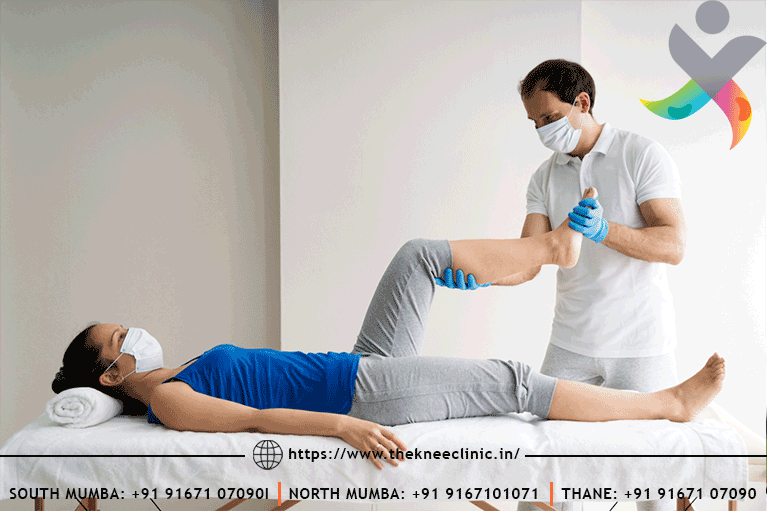 Can the Coronavirus affect my bones and joints?08 Mar 2024
Can the Coronavirus affect my bones and joints?08 Mar 2024 -
 Should One Avoid The King Of All Exercises- SQUATS?08 Mar 2024
Should One Avoid The King Of All Exercises- SQUATS?08 Mar 2024 -
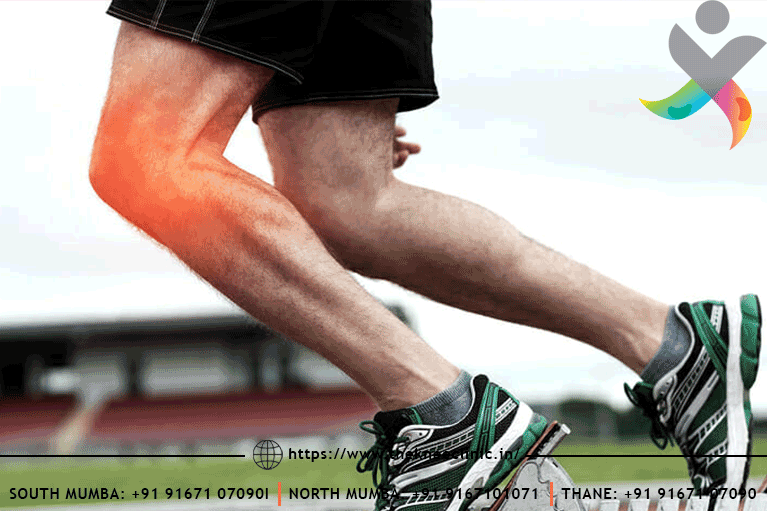 Anterior Knee Pain in Athletes08 Mar 2024
Anterior Knee Pain in Athletes08 Mar 2024 -
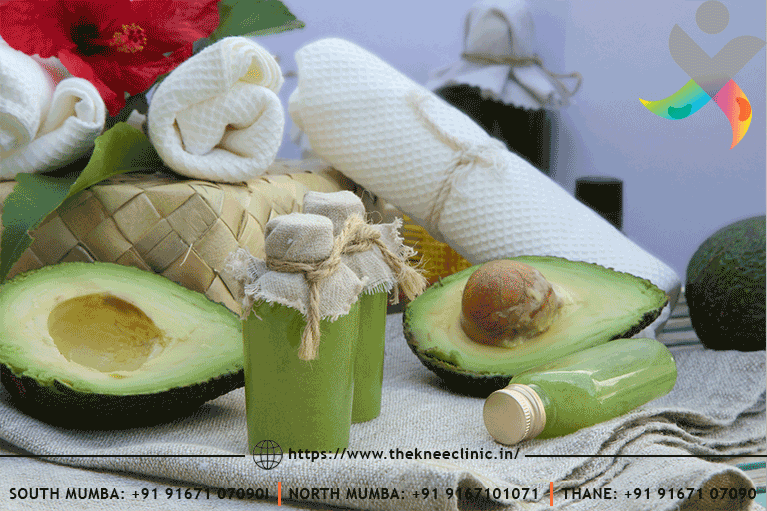 Managing Osteoarthritis From the Kitchen08 Mar 2024
Managing Osteoarthritis From the Kitchen08 Mar 2024 -
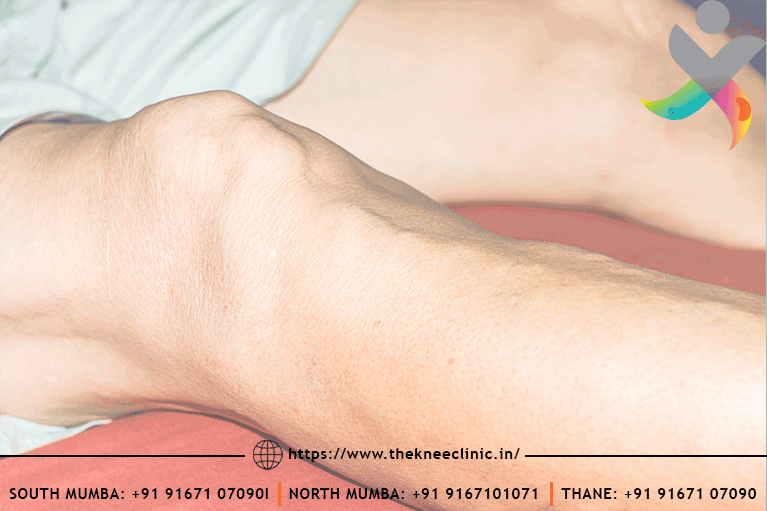 What is gout?08 Mar 2024
What is gout?08 Mar 2024 -
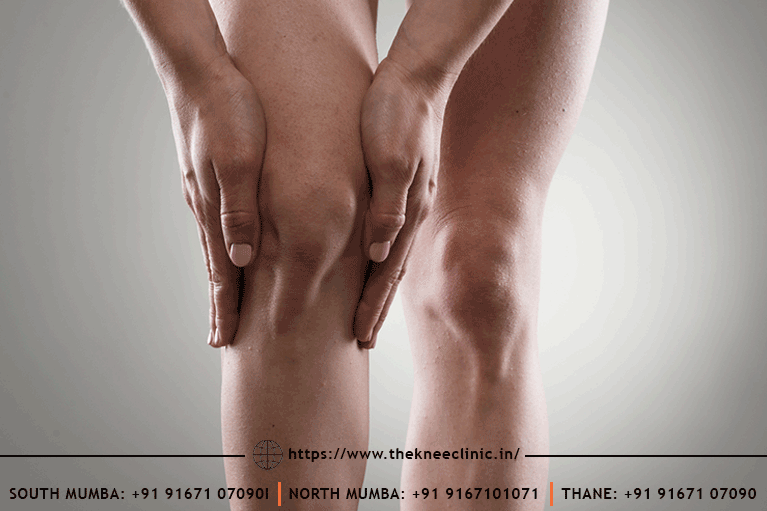 What is Rheumatoid Arthritis?08 Mar 2024
What is Rheumatoid Arthritis?08 Mar 2024 -
 Exercises07 Mar 2024
Exercises07 Mar 2024 -
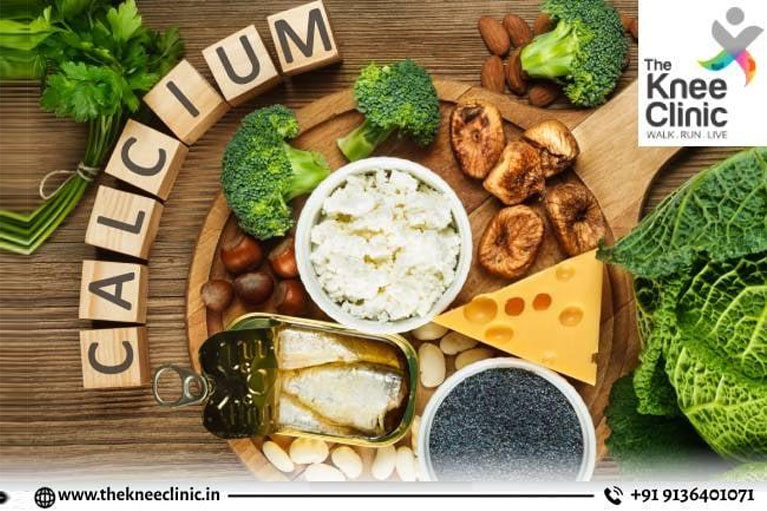 What is Calcium and what does it do?07 Mar 2024
What is Calcium and what does it do?07 Mar 2024
